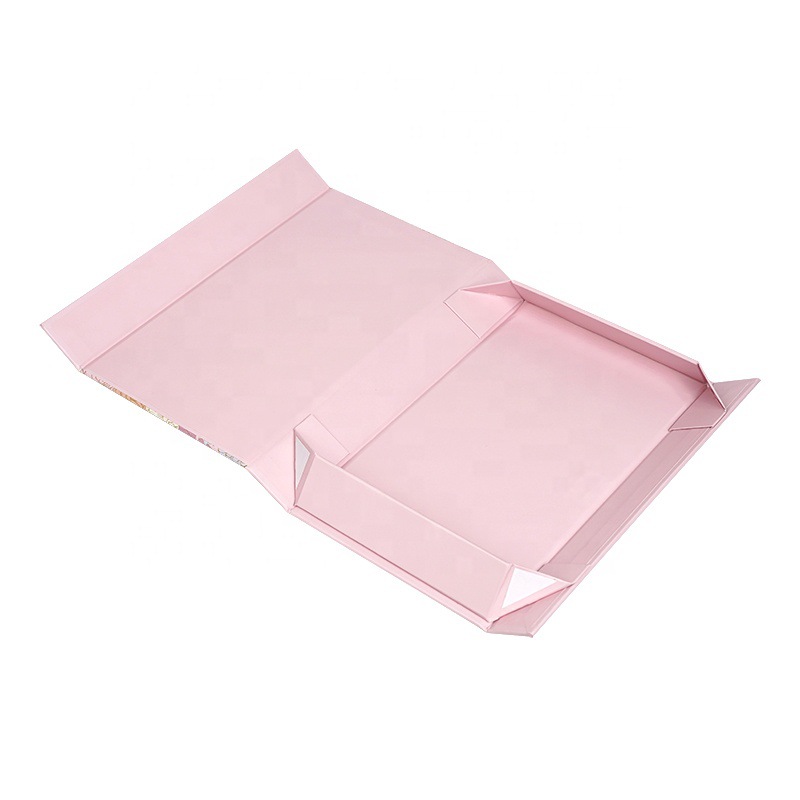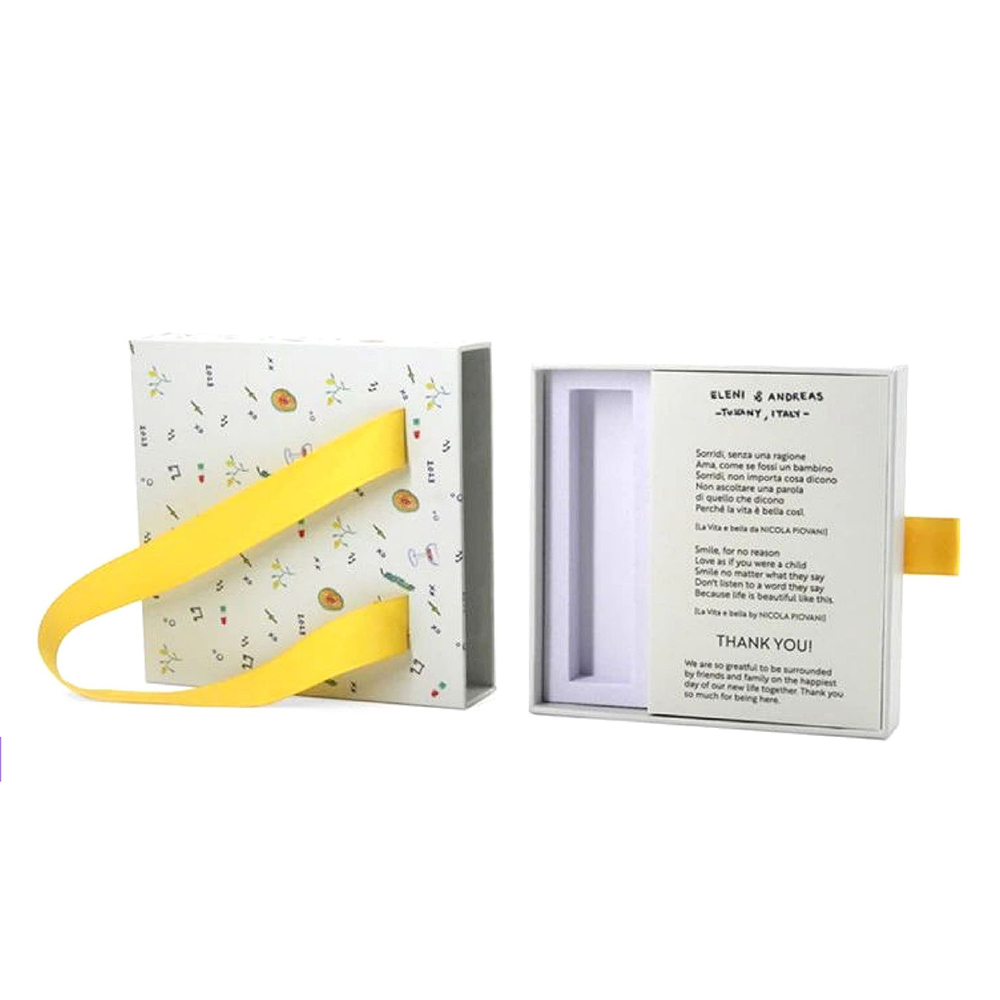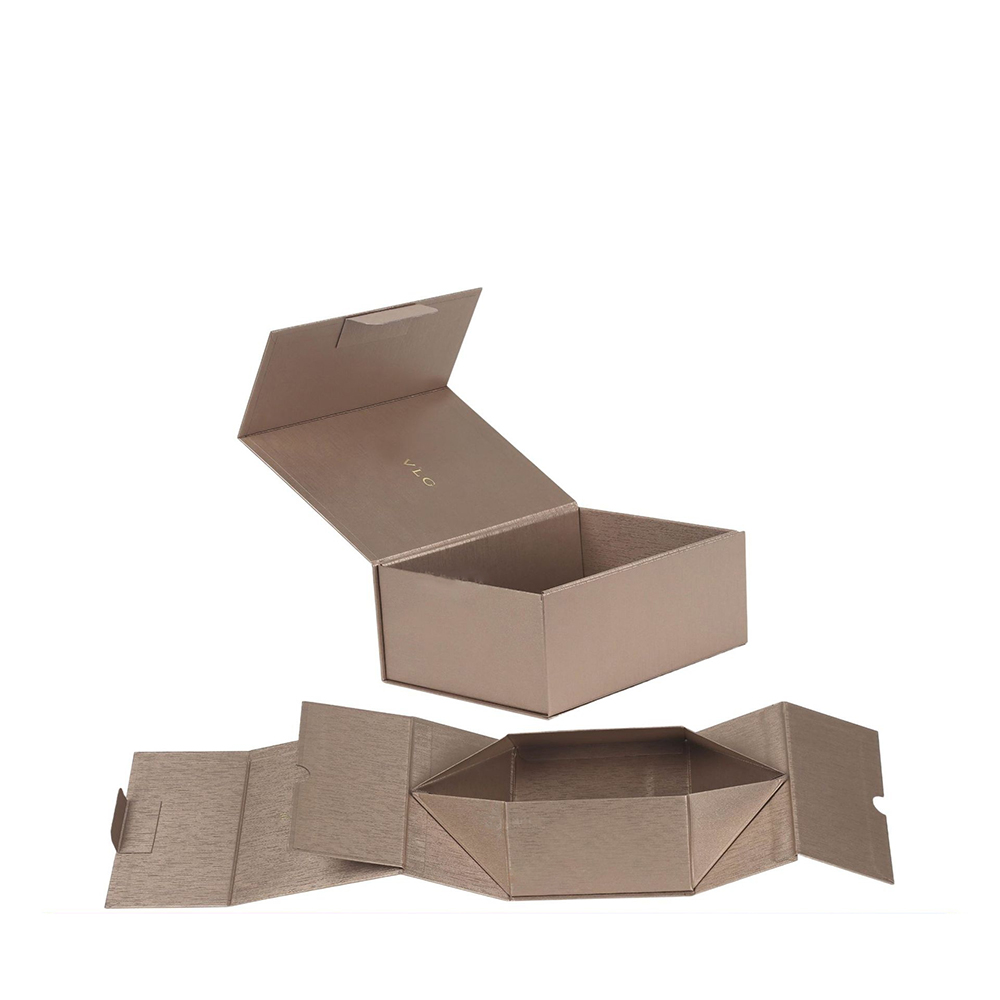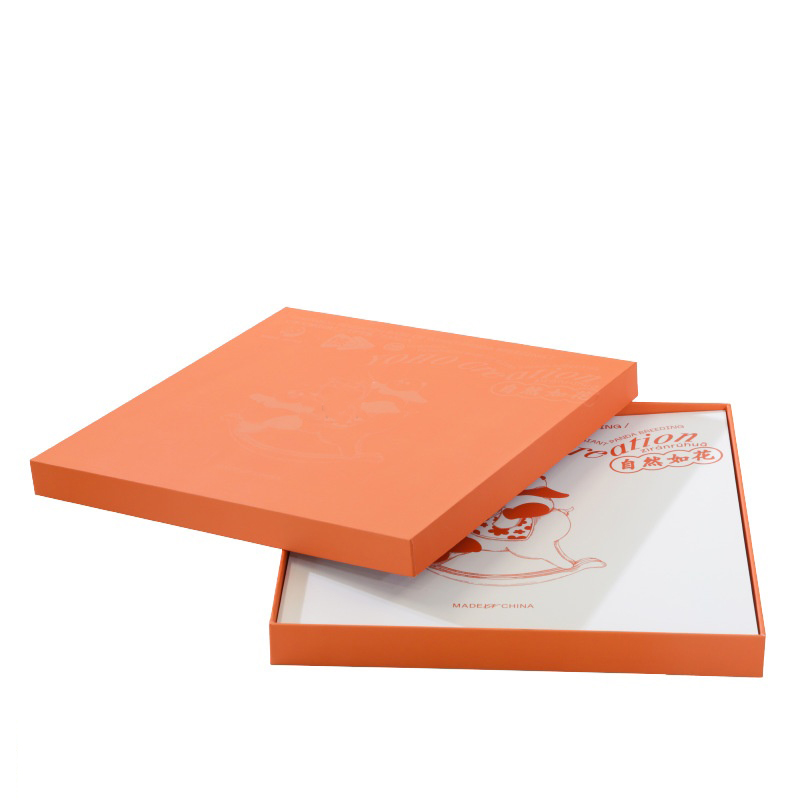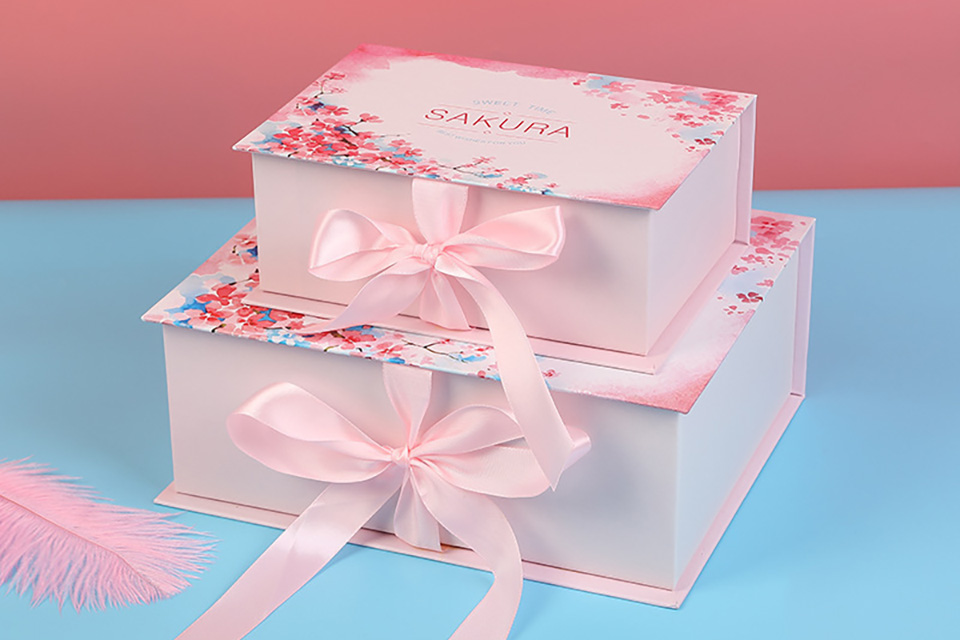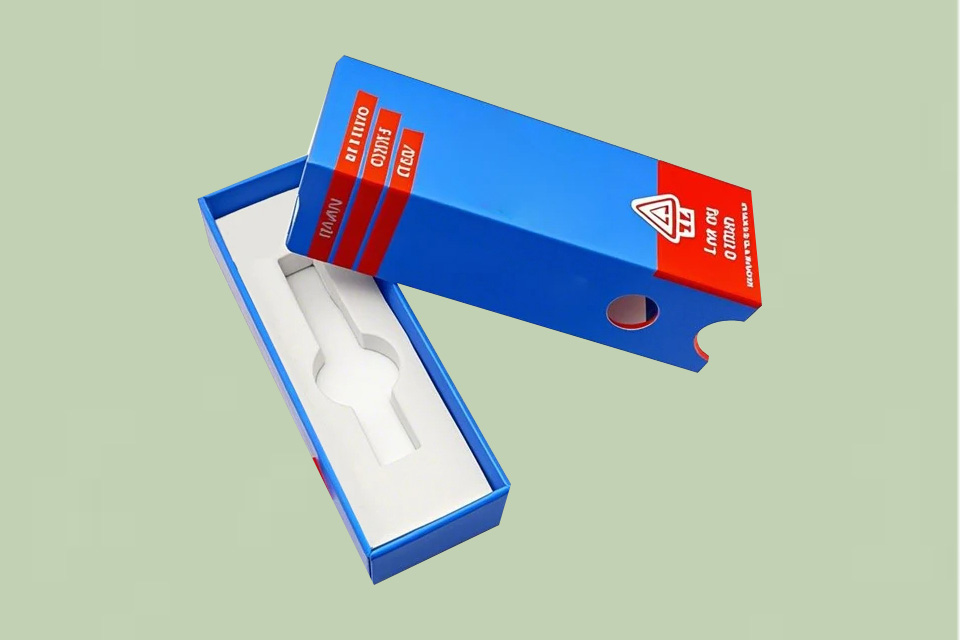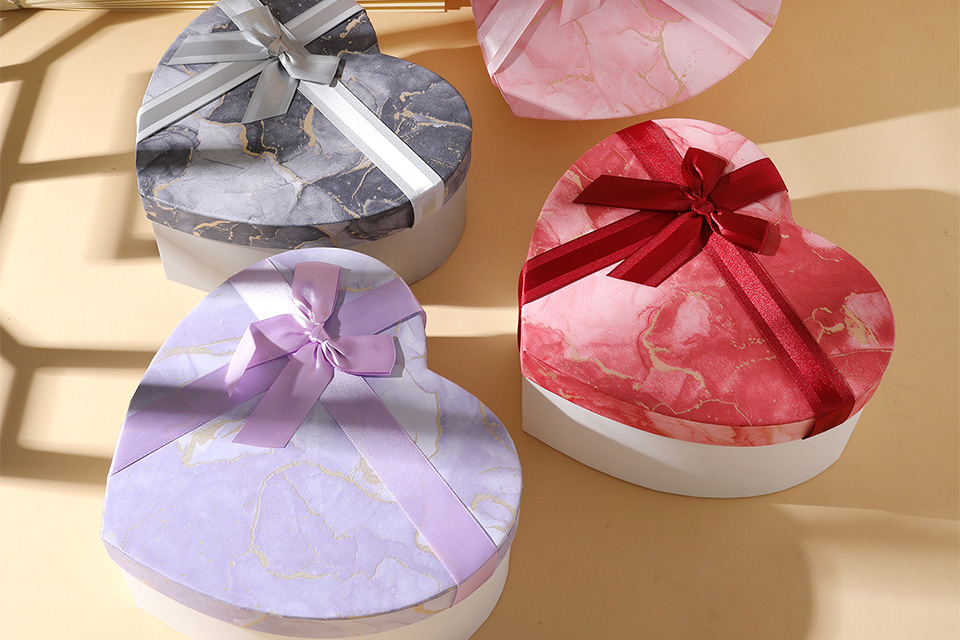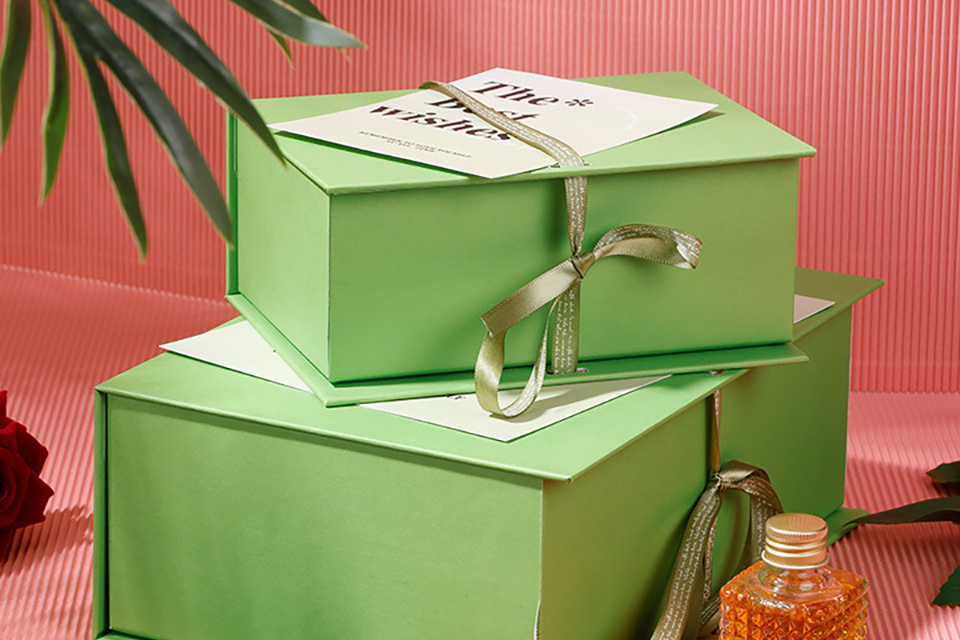Abstract
In today’s fiercely competitive wig market, product packaging has evolved from merely a protective function to a core tool for brand differentiation and user engagement. This article analyses the design strategies, material innovations, and user experience optimisations of hair extension packaging boxes, combining industry trends and consumer behaviour data to propose six core arguments that clarify how customised packaging can enhance sales, increase brand value, and build user loyalty through a unique “unboxing” experience.
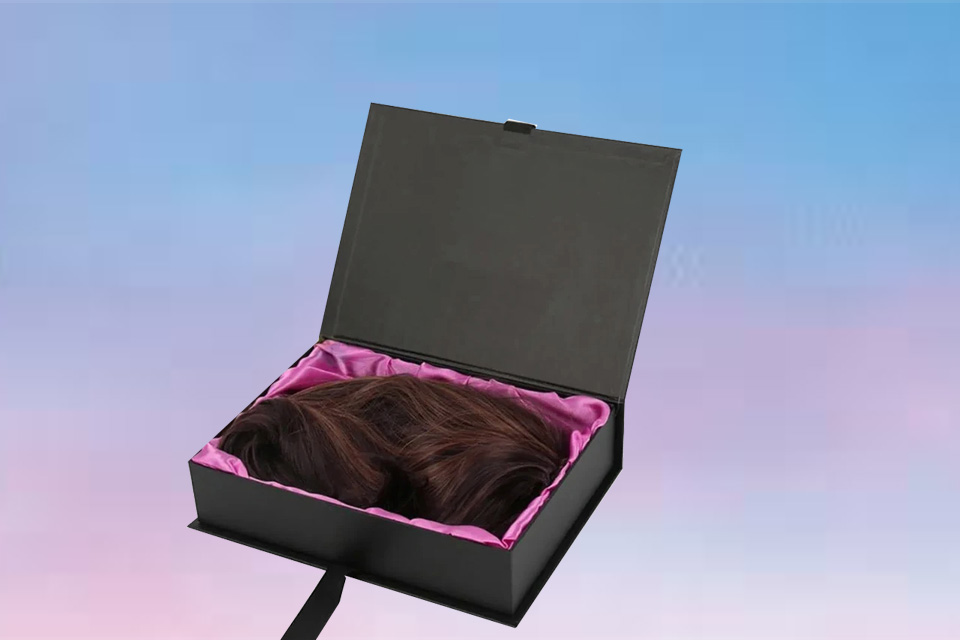
1. Customised Design: Creating Brand Visual Symbols and Emotional Connections
The user is the first conversation with the packaging product, and its design should embrace the essence of the brand. Research suggests that 70% of consumers believe that packaging design directly affects decisions. For example, high-end Wig brands can take inspiration from minimal aesthetics of luxury packaging, expressing quality feelings through elements such as gold foil logo and matte finish (similar to the hermes packaging style). Additionally, incorporating brand stories or cultural symbols can strengthen emotional resonance with users. Customised packaging boxes should not only have a unique appearance but also enhance the sense of occasion through structural innovations (such as drawer-style openings and magnetic closure lids), making the unboxing process a memorable brand experience.
2. Balancing Innovation and Practicality: From Protective Function to Marketing Medium
Packaging boxes must find a balance between innovation and practicality. Durable structural designs can ensure the safe transport of wigs, while transparent windows or 3D printing can visually showcase product selling points. Furthermore, packaging can integrate marketing functions: for example, incorporating QR codes linking to hair care tutorial videos or using RFID technology for anti-counterfeiting traceability, thereby enhancing consumer trust. Data shows that functional packaging can increase repurchase rates by 25%.
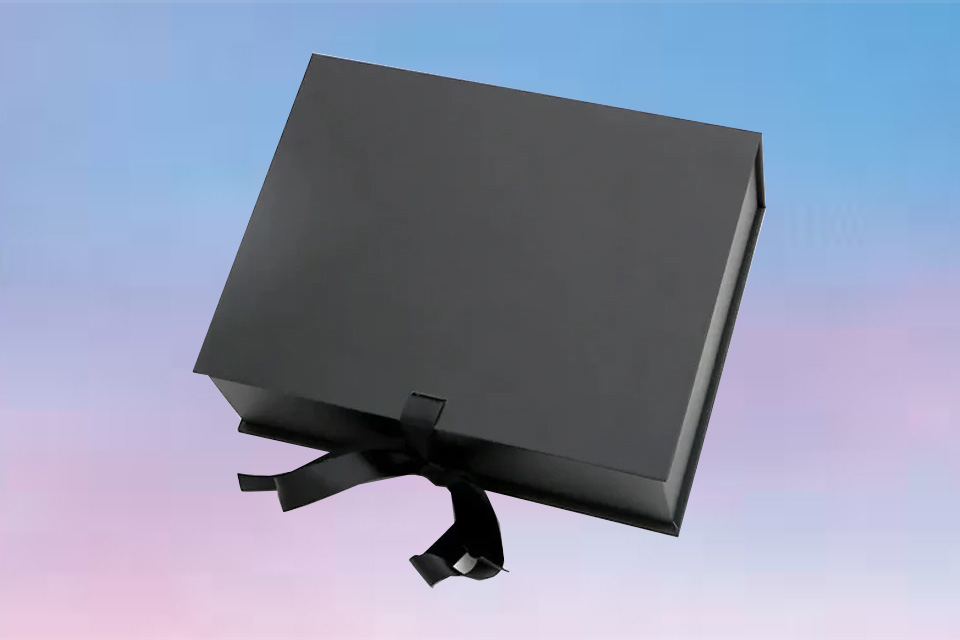
3. Materials and Craftsmanship: The Touch Economy Driving Consumer Upgrades
Material selection directly impacts user experience and environmental image. Food-grade paper and biodegradable materials have become the trends of the industry, with matte finish and emerged texture, enhancing the tactile experience and fulfills environmental demands. For example, the wig line recycled in Japan uses paper pulp and soy-based ink, which reduces carbon footprints expressing high end position through a refined touch. Experiments show that optimised tactile packaging can increase product premium by 15%.
4. “Unboxing” Experience: From Functional Satisfaction to Emotional Fulfilment
A unique unboxing experience is key to user retention. Through layered structural designs, users can quickly access products; built-in accessories enhance practicality. For instance, the American brand Hairvivi includes a customised comb and care guide in its packaging box, transforming the unboxing process into a “hair care ritual.” Additionally, AR interactive technology can create immersive experiences, enhancing user engagement.
5. Brand Iteration Strategy: Gradual Updates to Maintain User Recognition
Brands must maintain freshness through packaging iterations while avoiding disruptive changes. Gradual logo updates (such as colour gradients or slight font adjustments) can maintain recognisability while conveying an innovative image. For example, L’Oréal’s wig series adjusts packaging tones every two years to align with fashion trends without losing classic elements. Data indicates that user acceptance of gradually updated brand packaging is as high as 89%.
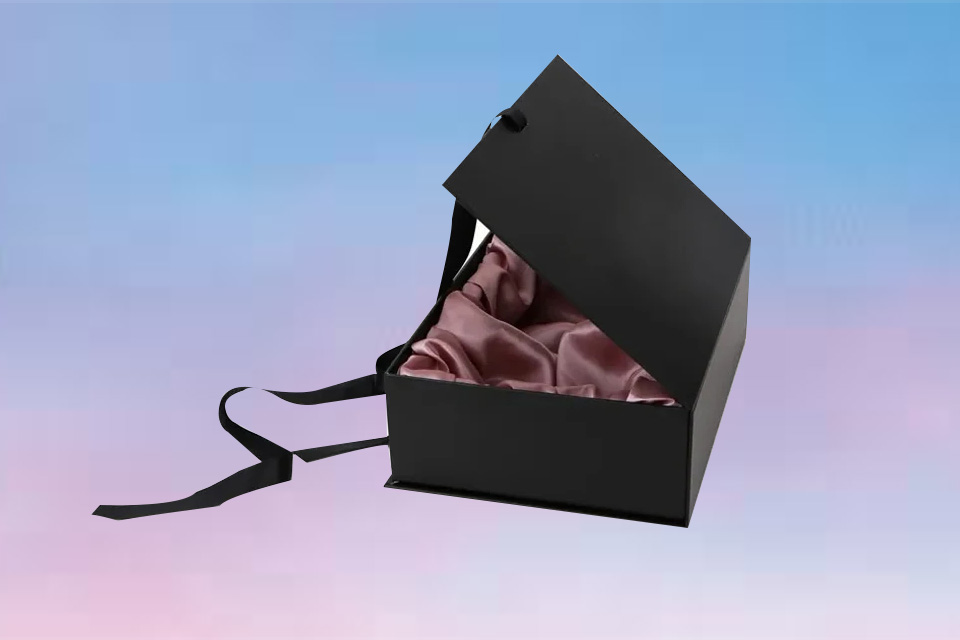
6. Data-Driven Optimisation: From Market Research to User Feedback Loop
Packaging design must be based on precise data analysis. By conducting A/B testing on different packaging versions (such as comparing the opening rates of magnetic boxes versus drawer boxes), user preferences can be quantified; social media comment analysis (such as keywords like “easy tear packaging” and “eco-friendly materials”) can reveal areas for improvement. For example, the South Korean brand IMON collected feedback through TikTok unboxing videos, reducing packaging box sizes by 10%, significantly lowering logistics costs and enhancing portability.
Conclusion
Hair extension packaging boxes have evolved from accessories to core components of brand strategy. Through customised design, material innovation, and “unboxing” experiences, companies can not only boost product sales but also build a differentiated brand moat. In the future, with the proliferation of smart technologies and sustainable materials, packaging boxes will further evolve into super touchpoints connecting products, users, and the environment. Wig brands must remain user-centric and continuously iterate packaging strategies to maintain a competitive edge.


